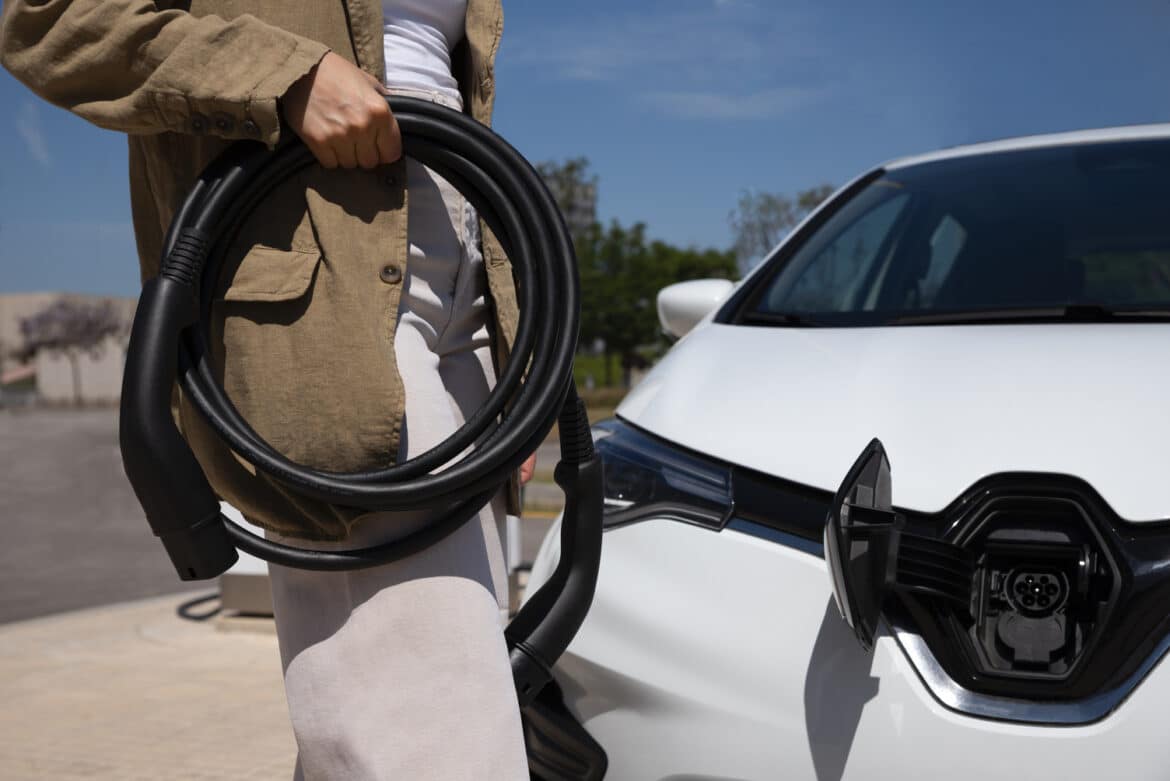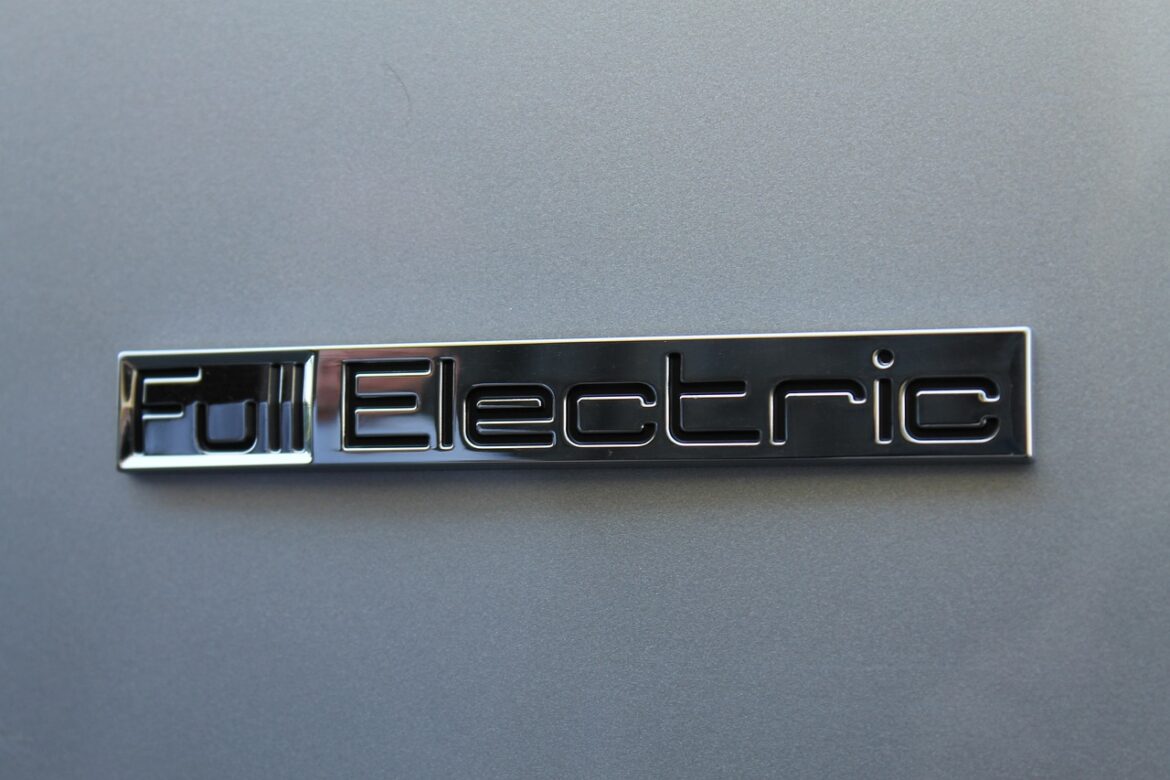On the market, the number of electric car models is growing rapidly, and the cars on the market have all reached a good level of maturity in terms of range and charging speed.
Today, it is not hard to find a good alternative to an endothermic model that can meet our mobility needs. Moreover, the recharging network in Italy is also becoming more and more widespread. For example, that of Plenitude + Be Charge can count, to date, more than 19 thousand columns installed in Italy (in addition to those yet to be activated).
Moreover, through the app it is also possible to access all the charging points in Europe of the partners with which the company has an interoperability agreement. Do we want to buy an electric car and is it our first battery-powered model? Here, then, are some tips on how to get started.
WE STUDY THE ELECTRICAL WORLD
It may seem trite to say, but it never hurts to repeat it. Before going to the dealership to buy an electric car, it is a good idea to study a little about the ‘electric world’. There is nothing complicated about it, but there are a few concepts to know. Let’s talk, for example, about how charging is handled, some terminology that may be new, and how the battery and range work.
What you want to avoid, and what can unfortunately happen, is that when the car is delivered, the new owner only then starts to wonder how an electric car works. Knowing the basic concepts of battery-powered cars also helps in choosing the right model.
AUTONOMY AND RECHARGING
The electric car today is able to offer very good real-world range. On average, the new models all allow at least 400 km according to the WLTP cycle. Very roughly, this means that this range is replicable on motorways. At motorway speeds (130 km/h), on the other hand, the actual mileage tends to be much lower.
Of course, it is important to have in mind the type of use you make of your car. If you tend to drive a lot of road every day, it is advisable to go for models that offer a longer range, even though they may obviously be more expensive.
Beware, however, that evaluating only the mileage is not enough. In fact, it is also important to check the maximum DC charging power at which the battery can be recharged. Having a large-capacity battery that offers good real mileage but recharges slowly can penalise long-distance journeys. Absurdly, a few fewer kilometres of autonomy but the possibility of being able to recharge more quickly is better.
So, it is essential to be well informed on these aspects. In any case, today with the electric car it is possible to satisfy 99% of the most classic car uses without any particular sacrifice. Only for those who drive hundreds of kilometres every day, perhaps today the battery car is still not fully advisable.

CAN ALSO BE RECHARGED AT HOME
One of the advantages of electric cars is that they can be recharged at home, potentially even from a normal socket, although the installation of a wallbox is recommended. Do you have a garage with a power line? Installing a home charging point saves a little on charging costs.
It also makes refuelling much easier: you come home from work, connect your car to the wallbox in your garage and find it charged the next day when you have to leave again.
A charging point at home, however, is not mandatory. In fact, you can always fill up from public ones. In this case, make sure you have charging stations nearby to make the management of charging easier.

COSTS AND INCENTIVES
The price of the car is obviously a very important aspect to evaluate. Electric cars today still cost more than endothermic models. However, a few things must be kept in mind. First of all, for models costing no more than EUR 35,000 plus VAT, state incentives are still available, which provide a EUR 3,000 discount or EUR 5,000 in the case of scrapping an old car.
Moreover, nowadays car buying is changing and formulas such as leasing and long-term rental are increasingly used, which in some ways make electric cars more affordable.
Furthermore, we cannot fail to mention some advantages of battery-powered cars such as the exemption from paying road tax for the first five years in some regions, access to limited traffic zones and the drastic reduction in maintenance costs.
Article by








